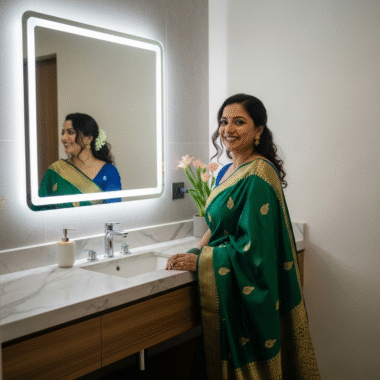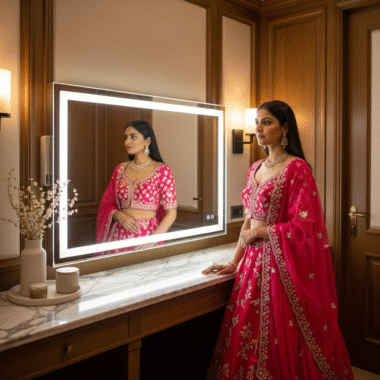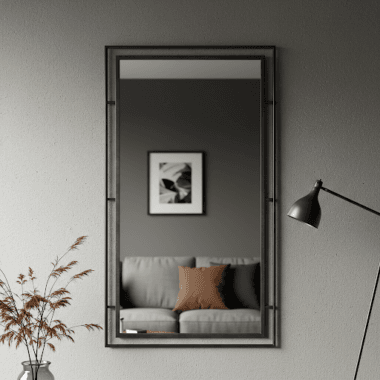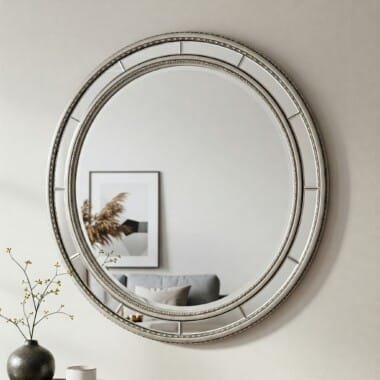Light mirrors, also known as illuminated mirrors, have become increasingly popular in recent years, particularly in the world of interior design. These mirrors are designed to provide additional lighting and enhance visibility, making them an excellent addition to bathrooms, dressing rooms, and makeup stations. In this blog, we will discuss the basics of light mirrors and how they work.
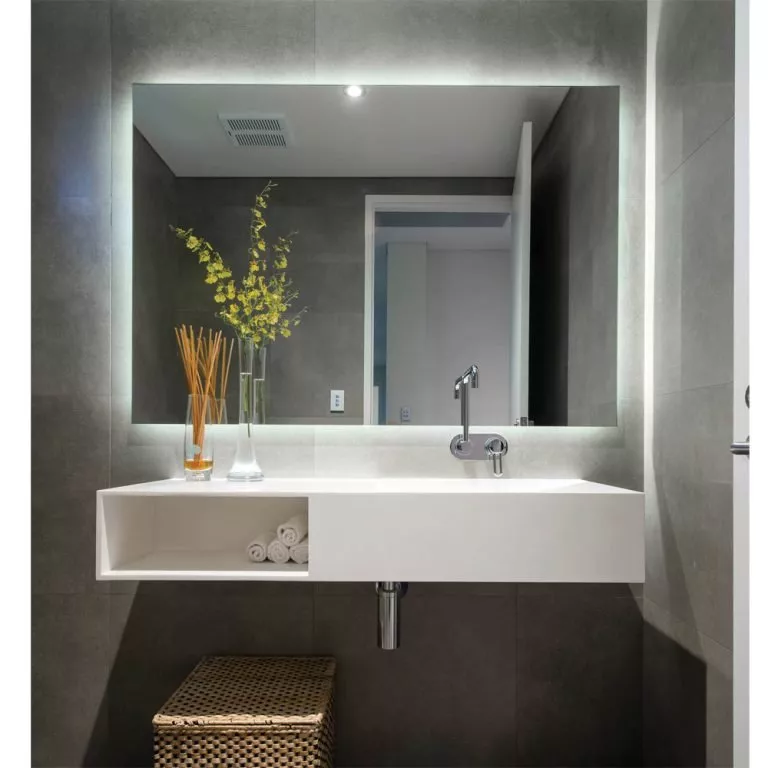
A light mirror typically consists of two components: the mirror itself and the lighting. The mirror is made of glass or acrylic, which is coated with a reflective material, usually silver or aluminum, on the back surface. This reflective layer ensures that the mirror reflects light, rather than absorbing it, which creates a clear and bright image.
The lighting element of a light mirror is usually integrated into the frame or behind the mirror itself. LED lights are commonly used in light mirrors due to their energy efficiency and long lifespan. The LED lights are placed strategically around the mirror to ensure that they provide even lighting across the entire surface.
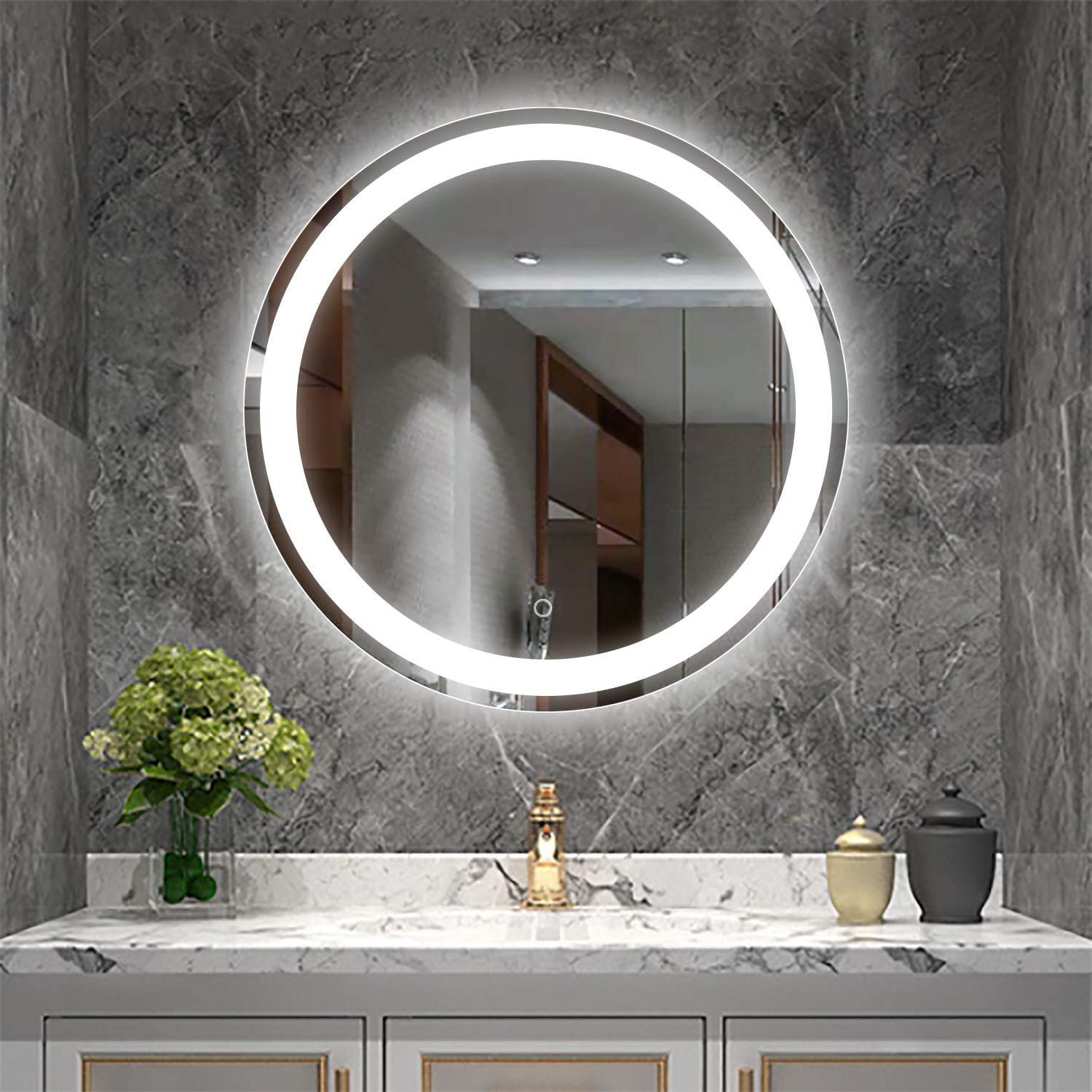
So, how do light mirrors actually work? The LED lights are connected to a power source, usually through a plug or battery, and are controlled by a switch or dimmer. When the switch is turned on, the LED lights illuminate the mirror, providing additional light and enhancing visibility. The even distribution of light across the mirror’s surface makes it easier to see and apply makeup or perform other grooming tasks.
There are various types of light mirrors available in the market. Some light mirrors come with additional features, such as magnification, Bluetooth connectivity, and built-in speakers. These features enhance the functionality of the mirror and make it a versatile addition to any space.
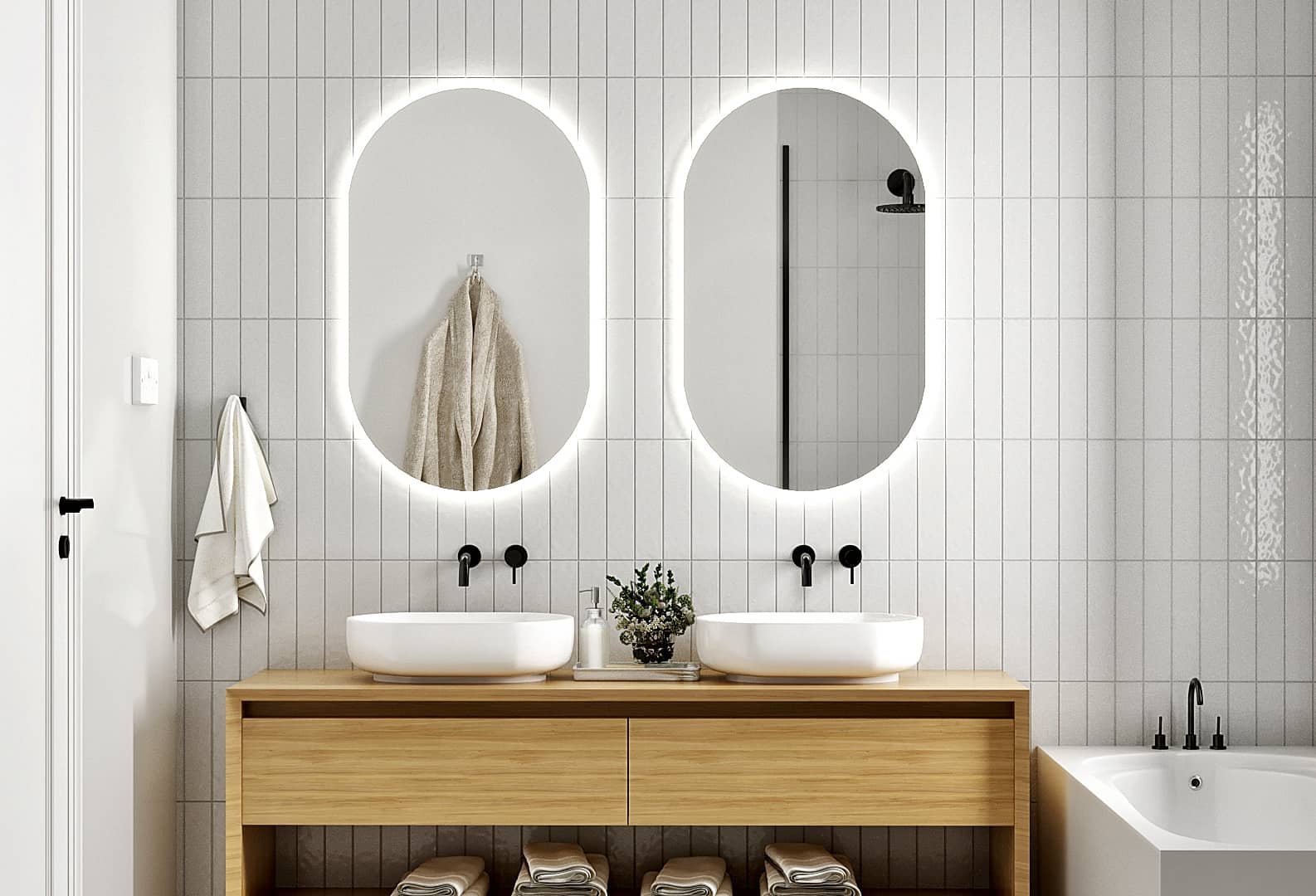
In conclusion, light mirrors are a fantastic addition to any bathroom or dressing room. They provide additional lighting and enhance visibility, making it easier to perform grooming tasks. The LED lights are strategically placed to ensure even lighting across the mirror’s surface, and the reflective layer ensures a clear and bright image. To learn more about light mirrors and their various applications, check out https://ledmirror.in/.
https://ledmirror.in/product/ip44-decorative-round-aluminum-framed-wall-led-lighted-bathroom-mirror-for-hotel/
https://ledmirror.in/product/model-lmi-062/
Shop now

